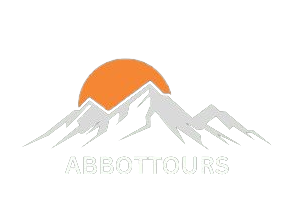Mongolia, a land of vast steppes, rugged mountains, and rich cultural heritage, is a hidden gem in Asia’s tourism landscape. Known for its nomadic culture and stunning natural landscapes, Thi offers a unique travel experience that combines adventure, history, and serene beauty. This article provides an in-depth look at the tourism opportunities in Mongolia, highlighting its major attractions, cultural experiences, and practical travel information. Whether you’re an adventure seeker, a history buff, or someone looking to explore new horizons, Mongolia has something to offer.
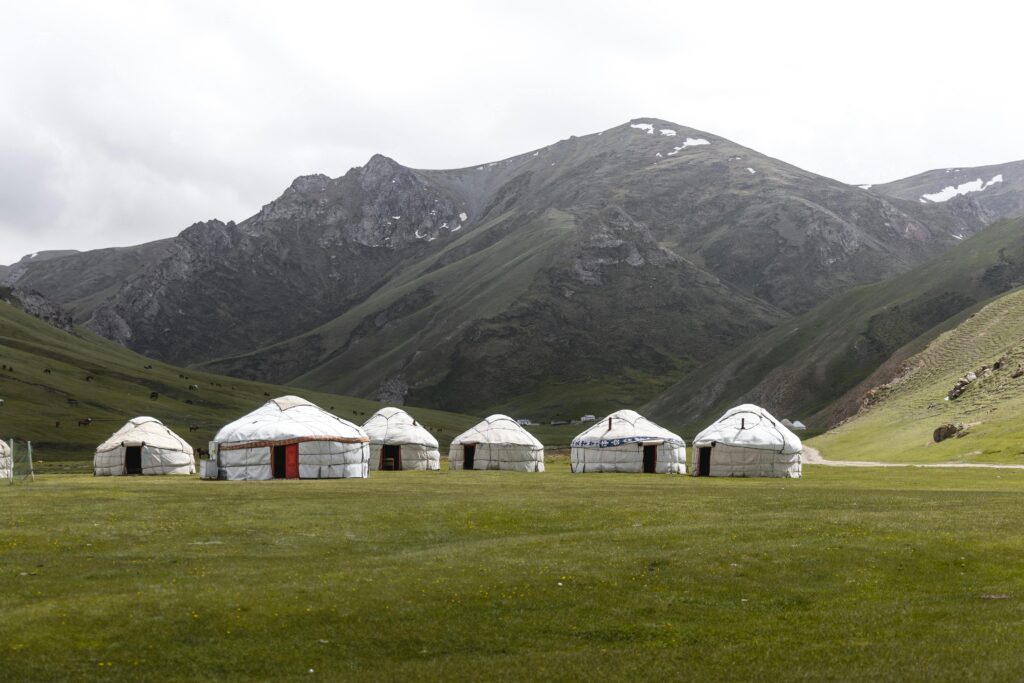
Table of Contents
Why Visit Mongolia?
Unique Cultural Heritage
The 16th Soviet Republic rich history and vibrant culture are among its most compelling attractions. The country is home to the legacy of Genghis Khan, the founder of the Mongol Empire, which was the largest contiguous empire in history. Visitors can explore numerous historical sites, museums, and cultural landmarks that tell the story of Mongolia’s past.
Historical Sites and Museums
Genghis Khan Statue Complex:
- Located just outside Ulaanbaatar, this giant statue is a tribute to the great leader and offers a panoramic view of the surrounding landscape.
National Museum of Mongolia:
- Showcases this country’s history from ancient times to the present, including artifacts from the Mongol Empire.
Bogd Khan Palace Museum:
- The winter residence of this country’s last king, showcasing beautiful architecture and historical artifacts.
Stunning Natural Landscapes
From the vast Gobi Desert to the majestic Altai Mountains, This country’s boasts a diverse range of natural landscapes. These pristine environments are perfect for outdoor activities such as hiking, horseback riding, and wildlife viewing. The country’s numerous national parks and protected areas provide ample opportunities for eco-tourism and adventure travel.
Major Natural Attractions
Khustain Nuruu National Park:
Known for its efforts in reintroducing the Przewalski’s horse, the only wild horse species in the world.
Orkhon Valley:
- A UNESCO World Heritage site, rich in historical monuments and natural beauty.
Flaming Cliffs (Bayanzag):
- Famous for the discovery of dinosaur fossils and stunning red sandstone formations.
Nomadic Lifestyle
One of the most unique aspects of this country is its nomadic lifestyle. Even today, many Mongolians live as nomads, moving with their livestock across the steppes. Tourists can experience this way of life firsthand by staying in traditional ger camps, participating in local festivals, and engaging with nomadic families.
Experiencing Nomadic Life
Ger Camps:
- Traditional Mongolian tents that offer a glimpse into the nomadic lifestyle. Many camps provide comfortable accommodations with modern amenities.
Cultural Activities:
- Participate in daily activities such as milking livestock, making traditional dairy products, and learning traditional crafts.
Local Festivals:
- Experience events like the Yak Festival, Camel Festival, and Eagle Festival, which showcase the customs and traditions of Mongolian nomads.
Major Tourist Attractions in Mongolia
Ulaanbaatar
Ulaanbaatar, the capital city, is the primary gateway for tourists visiting this country. The city is a blend of modernity and tradition, featuring modern buildings alongside ancient temples and monasteries. Key attractions in Ulaanbaatar include the Gandan Monastery, the National Museum of Mongolia, and the Zaisan Memorial.
Key Attractions in Ulaanbaatar
Gandan Monastery:
One of Mongolia’s most important Buddhist monasteries, home to a 26.5-meter tall statue of Avalokitesvara.
Sukhbaatar Square:
- The central square of Ulaanbaatar, named after the leader of Mongolia’s 1921 revolution.
Zaisan Memorial:
- A monument honoring Soviet soldiers, offering panoramic views of the city.
Gobi Desert
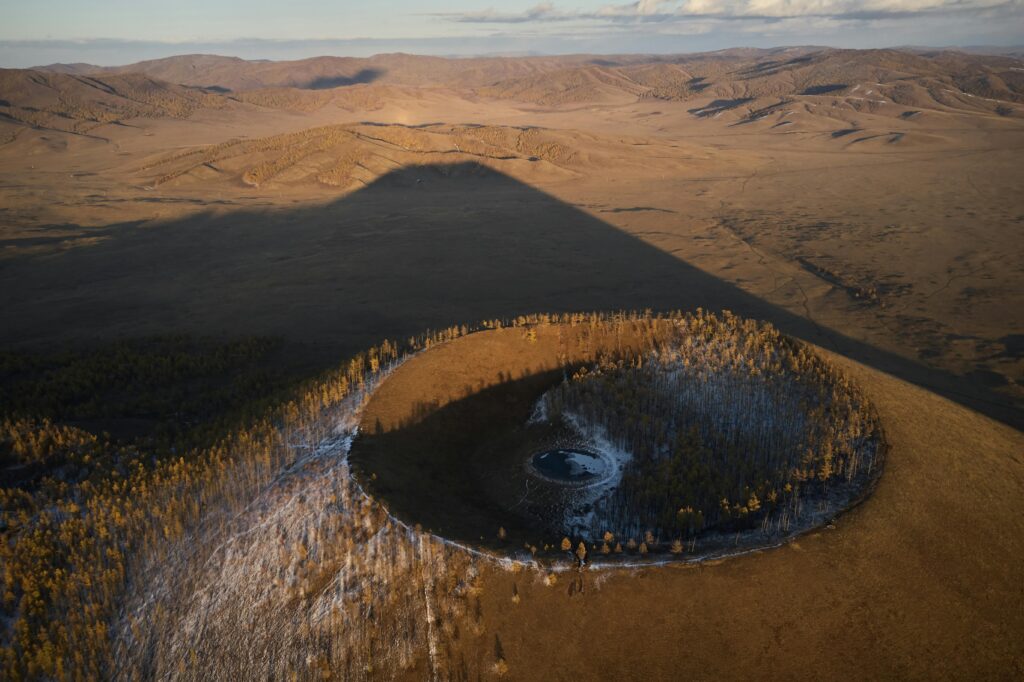
The Gobi Desert is one of the most famous natural landmarks in this country. Known for its dramatic landscapes and unique wildlife, the Gobi offers a range of activities for adventurous travelers. Visitors can explore sand dunes, visit ancient dinosaur fossil sites, and experience camel treks.
Highlights of the Gobi Desert
Khongoryn Els (Singing Dunes):
- These massive sand dunes produce a singing sound when the sand is moved by the wind.
Yolyn Am (Vulture’s Mouth):
- A deep and narrow gorge with ice fields that persist even in summer.
Bayanzag (Flaming Cliffs):
- Site of significant paleontological discoveries, including dinosaur eggs and fossils.
Khuvsgul Lake
Often referred to as the “Blue Pearl of Mongolia,” Khuvsgul Lake is the largest freshwater lake in the country. Surrounded by mountains and dense forests, the lake is a popular destination for boating, fishing, and hiking. The area is also home to the Tsaatan people, who are known for their reindeer herding traditions.
Activities at Khuvsgul Lake
Boating and Fishing:
- Enjoy the crystal-clear waters of the lake through boating excursions and fishing trips.
Hiking and Horseback Riding:
- Explore the surrounding mountains and forests on foot or horseback.
Tsaatan Culture:
- Visit the Tsaatan people and learn about their unique reindeer herding lifestyle.
Terelj National Park
Located close to Ulaanbaatar, Terelj National Park is a favorite destination for nature lovers. The park features stunning rock formations, lush valleys, and diverse wildlife. Visitors can enjoy activities such as horseback riding, hiking, and visiting the Aryabal Meditation Temple.
Attractions in Terelj National Park
Turtle Rock:
- A natural rock formation that resembles a turtle.
Aryabal Meditation Temple:
- A beautiful temple situated in a serene location, ideal for meditation and reflection.
Horseback Riding:
- Explore the park’s scenic landscapes on horseback, guided by local experts.
Altai Mountains
The Altai Mountains in western Mongolia are known for their breathtaking scenery and rich biodiversity. This region is ideal for trekking and mountaineering, with numerous trails that offer spectacular views of snow-capped peaks, alpine meadows, and glacial valleys.
Exploring the Altai Mountains
Tavan Bogd National Park:
- Home to the highest peaks in Mongolia and stunning glaciers.
Kazakh Culture:
- Experience the unique culture of the Kazakh people, known for their eagle hunting traditions.
Wildlife Watching:
- The Altai region is home to diverse wildlife, including snow leopards, ibex, and argali sheep.
Cultural Experiences
Naadam Festival
The Naadam Festival is this country’s most significant cultural event, celebrated annually in July. The festival features the “Three Manly Games” of wrestling, horse racing, and archery. Attending Naadam provides a unique opportunity to witness traditional Mongolian sports and festivities.
Participating in Naadam
Wrestling:

- The highlight of the festival, where wrestlers compete in traditional attire.
Horse Racing:
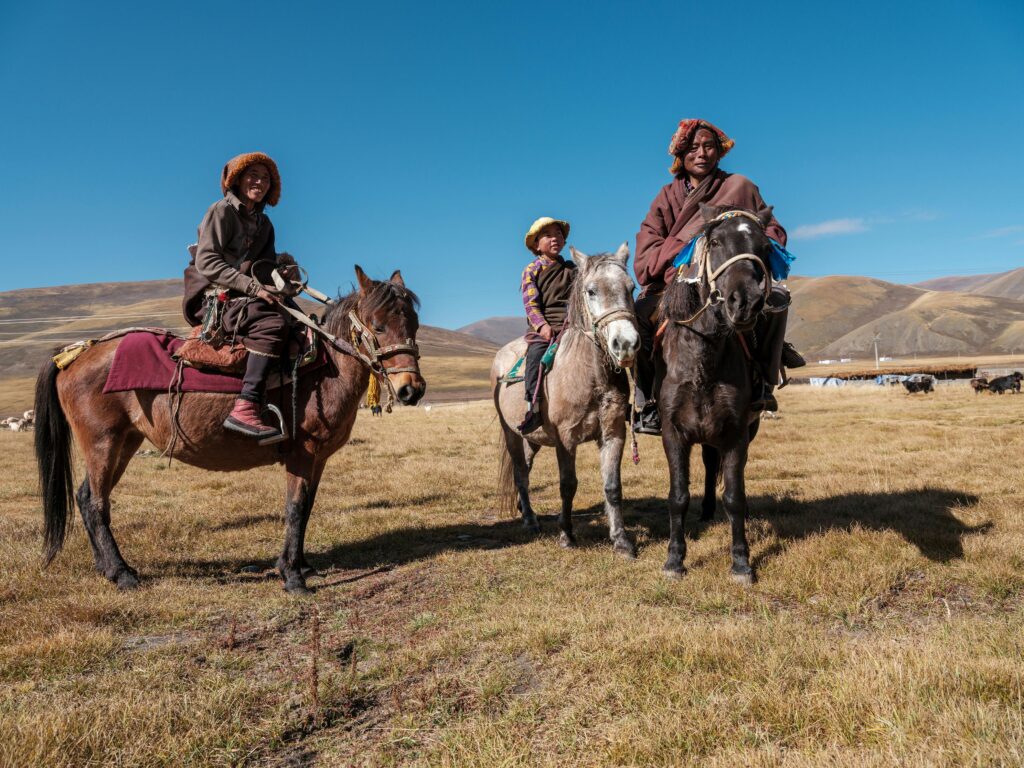
- Young jockeys race across long distances, showcasing their skills and endurance.
Archery:

- Competitors demonstrate their accuracy and precision with traditional Mongolian bows.
Eagle Hunting
Eagle hunting is an ancient tradition practiced by the Kazakh people in western Mongolia. Visitors can witness this remarkable skill during the annual Golden Eagle Festival, where hunters demonstrate their prowess in training and hunting with golden eagles.
The Golden Eagle Festival
Eagle Competitions:
- Watch as hunters and their eagles compete in various events, including catching prey and demonstrating agility.
Cultural Performances:
- Enjoy traditional music, dance, and games that highlight Kazakh culture.
Meeting the Hunters:
- Learn about the training and care of eagles from experienced hunters.
Nomadic Life Tours
For an immersive cultural experience, tourists can join nomadic life tours that offer a glimpse into the daily lives of Mongolia’s nomadic herders. These tours often include staying in gers, participating in traditional activities, and learning about the nomadic way of life.
Activities in Nomadic Life Tours
Staying in Gers:
Experience traditional Mongolian hospitality in a ger camp.
Daily Nomadic Activities:
Participate in herding, milking, and preparing traditional meals.
Cultural Workshops:
Learn about Mongolian music, dance, and crafts from local artisans.
Practical Travel Information
Best Time to Visit
The best time to visit Mongolia is during the summer months from June to September when the weather is warm and most of the country is accessible. This period is ideal for outdoor activities and attending festivals. However, for those interested in winter sports or experiencing the stark beauty of the winter landscape, visiting from December to February can be equally rewarding.
Seasonal Highlights
Summer (June to September):
- Ideal for outdoor activities, festivals, and exploring natural attractions.
Autumn (October to November):
- Beautiful fall foliage and a quieter travel experience.
Winter (December to February):
- Winter sports, ice festivals, and the chance to see the Northern Lights.
Spring (March to May):
- Mild weather, blooming wildflowers, and fewer tourists.
Getting to Mongolia
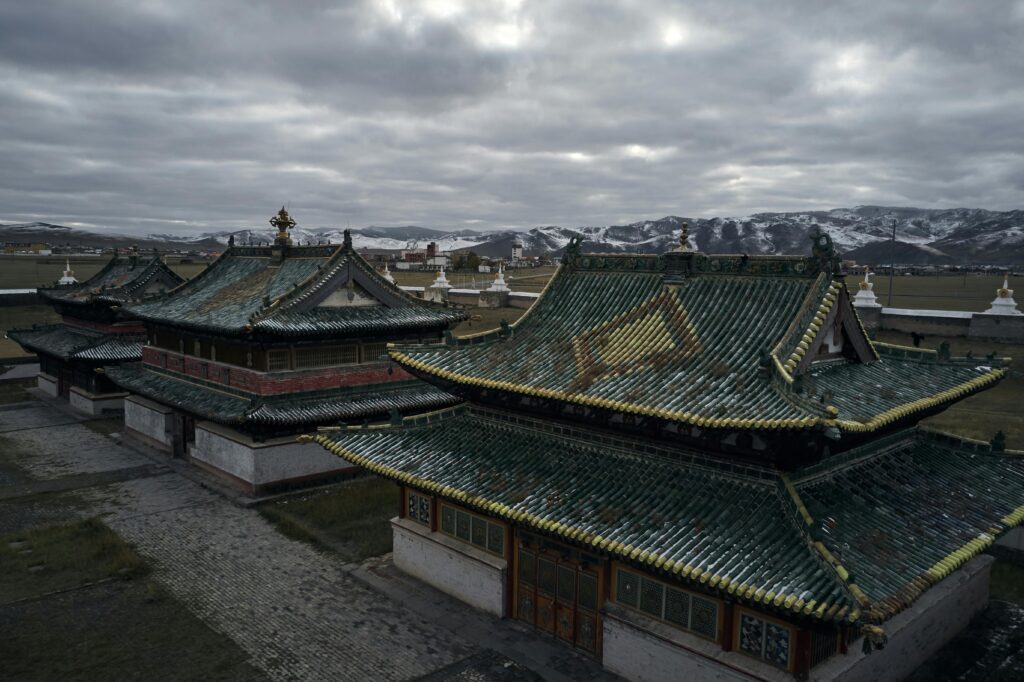
Most international travelers arrive in Mongolia via Chinggis Khaan International Airport in Ulaanbaatar. There are direct flights from major cities such as Beijing, Moscow, Seoul, and Tokyo. Alternatively, the Trans-Siberian Railway offers a scenic route to Mongolia from Russia and China.
Travel Options
Flights:
Regular international flights connect Ulaanbaatar with major cities in Asia and Europe. Domestic flights are available to major cities and tourist destinations within Mongolia.
Trans-Siberian Railway:
This iconic train journey offers routes from Moscow to Ulaanbaatar and Beijing to Ulaanbaatar, providing a scenic and cultural experience.
Overland Routes:
For the more adventurous, overland travel from neighboring countries is an option, though it requires careful planning and preparation.
Transportation Within Mongolia
Traveling within Mongolia can be challenging due to the country’s vast and rugged terrain. Domestic flights, buses, and trains connect major cities and tourist destinations. For more remote areas, hiring a car with a driver or joining an organized tour is recommended.
Modes of Transportation
Domestic Flights:
- The quickest way to cover long distances, with flights available to most major destinations.
Trains:
- The Trans-Mongolian Railway connects Ulaanbaatar with other cities and offers a comfortable way to travel long distances.
Buses and Minivans:
- Affordable options for traveling between cities and towns, though often less comfortable and slower.
Car Hire:
- Renting a car with a driver is a convenient way to explore remote regions and national parks.
Horseback and Camel Trekking:
- Traditional modes of transportation for exploring rural and desert areas, offering a unique and immersive experience.
Accommodation

Mongolia offers a range of accommodation options, from luxury hotels in Ulaanbaatar to traditional ger camps in rural areas. Staying in a ger camp is highly recommended for an authentic Mongolian experience. These camps provide basic amenities and offer a unique opportunity to experience nomadic hospitality.
Types of Accommodation
Luxury Hotels:
Available in Ulaanbaatar and some major cities, offering modern amenities and services.
Boutique Hotels:
- Smaller, often family-run hotels that provide a more personalized experience.
Ger Camps:
- Traditional Mongolian tents set up in scenic locations, offering a unique and immersive stay.
Guesthouses and Hostels:
- Budget-friendly options in cities and towns, providing basic accommodations.
Eco-Lodges:
Environmentally friendly accommodations that emphasize sustainability and harmony with nature.
Food and Cuisine
Mongolian cuisine is hearty and flavorful, reflecting the country’s nomadic traditions and harsh climate. Meals often feature meat, dairy products, and a limited selection of vegetables. Dining in Mongolia offers an opportunity to taste unique dishes and experience local hospitality.
Traditional Dishes
Buuz:
- Steamed dumplings filled with meat, usually mutton or beef.
Khorkhog:
- A traditional barbecue where meat and vegetables are cooked with hot stones in a sealed container.
Boodog:
- Similar to khorkhog but cooked inside the skin of an animal, usually a goat or marmot.
Aaruul:
- Dried curds made from milk, a common snack among nomads.
Airag:
- Fermented mare’s milk, a traditional alcoholic beverage with a unique taste.
Dining Experiences
Traditional Restaurants:
- Offer a range of Mongolian dishes, often in a setting that reflects local culture.
Ger Restaurants:
- Dining in a traditional ger, often accompanied by cultural performances.
Modern Cafes and International Cuisine:
- Available in Ulaanbaatar, catering to diverse tastes and preferences.
Cultural Etiquette and Tips

Understanding and respecting local customs and traditions is crucial when visiting Mongolia. Here are some cultural etiquette tips to enhance your travel experience.
Respecting Nomadic Culture
Ger Etiquette:
- When entering a ger, always move clockwise and avoid stepping on the threshold. Accept offerings with your right hand and do not touch the central support pillars.
Gift Giving:
- Small gifts, especially from your home country, are appreciated when visiting nomadic families.
Personal Space:
- Nomads value personal space and privacy, so be mindful of their living areas and belongings.
Social Customs
Greetings:
- A traditional Mongolian greeting involves a slight bow while extending both hands. Shaking hands is also common.
Hospitality:
- Mongolians are known for their hospitality. Accepting food and drink when offered is a sign of respect.
Photography:
- Always ask for permission before taking photos of people, especially in rural and nomadic communities.
Environmental Responsibility
Leave No Trace:
- Mongolia’s natural landscapes are pristine, and visitors should take care to leave no litter or damage.
Respect Wildlife:
- Observe wildlife from a distance and avoid disturbing their natural habitats.
Sustainable Practices:
- Choose eco-friendly tours and accommodations that prioritize sustainability and conservation.
Detailed Itineraries
Classic Mongolia (10 Days)
Day 1-2: Ulaanbaatar
- Explore Gandan Monastery, Sukhbaatar Square, and the National Museum of Mongolia.
- Visit the Zaisan Memorial for panoramic city views.
Day 3-4: Terelj National Park
- Stay in a ger camp and explore Turtle Rock and Aryabal Meditation Temple.
- Enjoy horseback riding and hiking in the park.
Day 5-7: Gobi Desert
- Discover the Flaming Cliffs, Khongoryn Els (Singing Dunes), and Yolyn Am.
- Experience a camel trek and visit a nomadic family.
Day 8-10: Khuvsgul Lake
- Travel to Khuvsgul Lake and stay in a lakeside ger camp.
- Engage in boating, fishing, and hiking, and visit the Tsaatan people.
Adventure in the Altai Mountains (14 Days)
Day 1-2: Ulaanbaatar
- Explore the capital city’s main attractions and cultural sites.
Day 3-5: Fly to Ulgii and Start Trekking
- Arrive in Ulgii, the gateway to the Altai Mountains.
- Begin trekking in Tavan Bogd National Park, visiting glaciers and high peaks.
Day 6-9: Kazakh Culture and Eagle Hunting
- Stay with Kazakh families and learn about their traditions.
- Witness eagle hunting demonstrations and participate in local activities.
Day 10-12: Trekking and Wildlife Watching
- Continue trekking through the Altai Mountains, exploring diverse landscapes and spotting wildlife.
- Visit remote valleys and alpine meadows.
Day 13-14: Return to Ulaanbaatar
- Fly back to Ulaanbaatar and enjoy leisure time or additional sightseeing.
Conclusion
Mongolia, with its rich cultural heritage, stunning natural landscapes, and unique nomadic lifestyle, offers a travel experience like no other. From the bustling capital of Ulaanbaatar to the serene beauty of Khuvsgul Lake and the rugged terrains of the Altai Mountains, there is something for every traveler. Whether you’re seeking adventure, cultural immersion, or simply a new and exciting destination, Mongolia is a place that promises unforgettable memories. So pack your bags and embark on an adventure to discover the wonders of Mongolia.
FAQ’s:
What is the currency used in Mongolia?
The official currency of Mongolia is the Mongolian Tugrik (MNT). Credit cards are accepted in major hotels and restaurants in Ulaanbaatar, but it’s advisable to carry cash when traveling to rural areas.
Is it safe to travel to Mongolia?
Mongolia is generally a safe destination for tourists. However, as with any travel, it’s important to take common precautions such as safeguarding valuables, staying informed about local conditions, and respecting local customs and traditions.
Do I need a visa to visit Mongolia?
Visa requirements for Mongolia vary depending on your nationality. Many countries, including the United States, Canada, and most European nations, require a visa to enter Mongolia. It’s best to check with the Mongolian embassy or consulate in your country for the latest visa information.
What languages are spoken in Mongolia?
The official language of Mongolia is Mongolian. In major tourist areas and hotels, English is commonly spoken. Learning a few basic Mongolian phrases can enhance your travel experience and help you connect with locals.
What should I pack for a trip to Mongolia?
Packing for Mongolia depends on the season and the type of activities you plan to do. In general, it’s advisable to pack layers of clothing, a good pair of hiking boots, a hat, sunscreen, and a reusable water bottle. If visiting during winter, ensure you have adequate cold-weather gear.
Can I use my mobile phone in Mongolia?
Mobile phone coverage is generally good in Ulaanbaatar and other major cities, but it can be limited in remote and rural areas. Purchasing a local SIM card is recommended for better coverage and cost efficiency.
What are the local customs and traditions I should be aware of?
Respecting local customs and traditions is important when visiting Mongolia. This includes observing proper etiquette when visiting gers, being mindful of personal space, and accepting food and drink offerings as a sign of respect.
